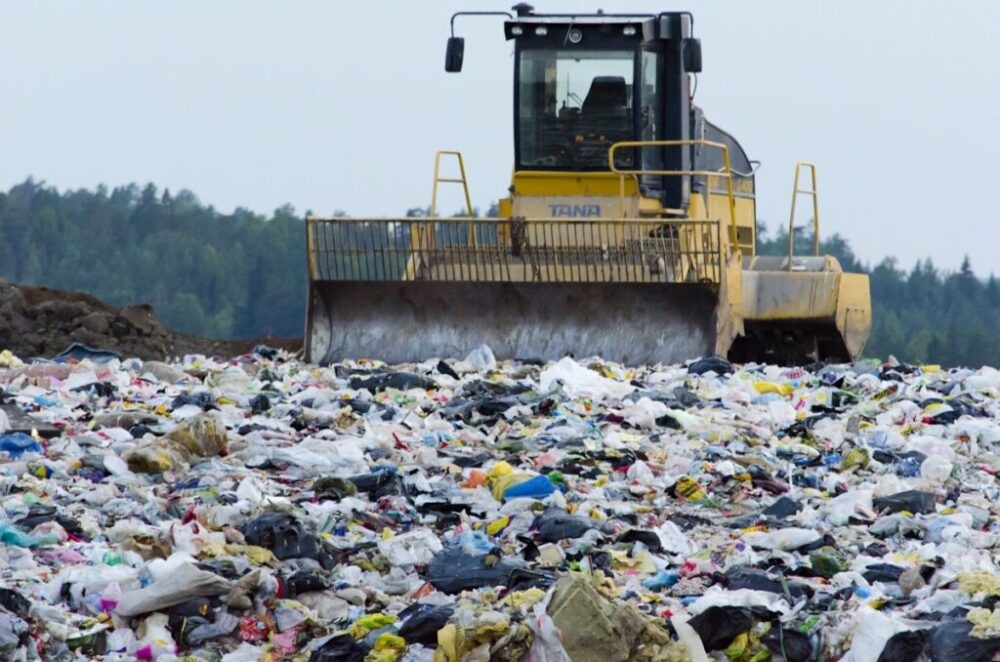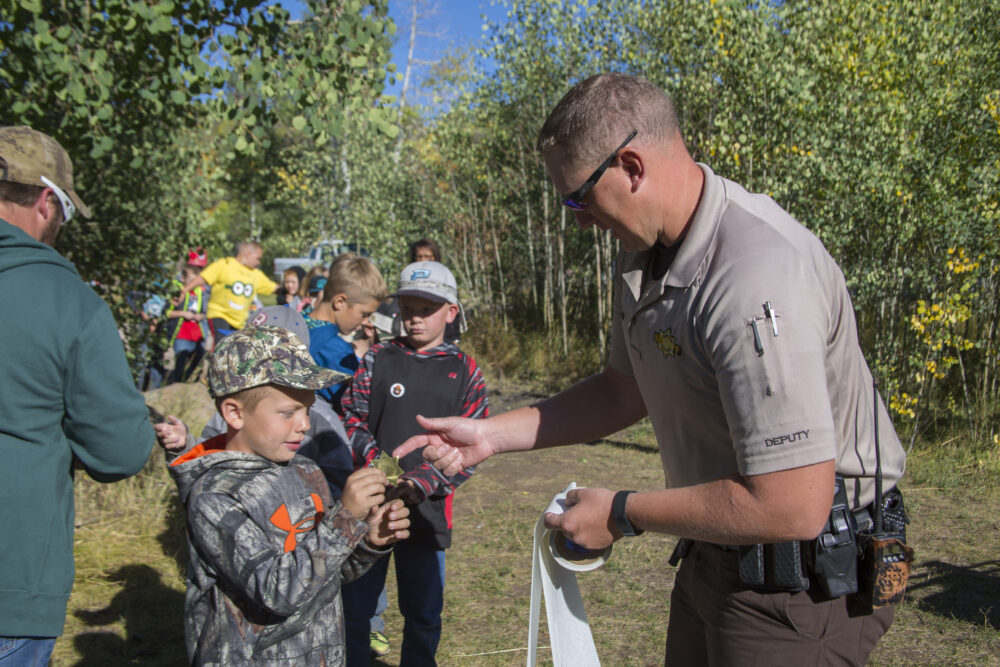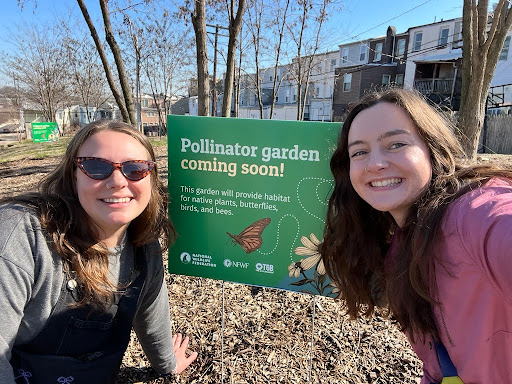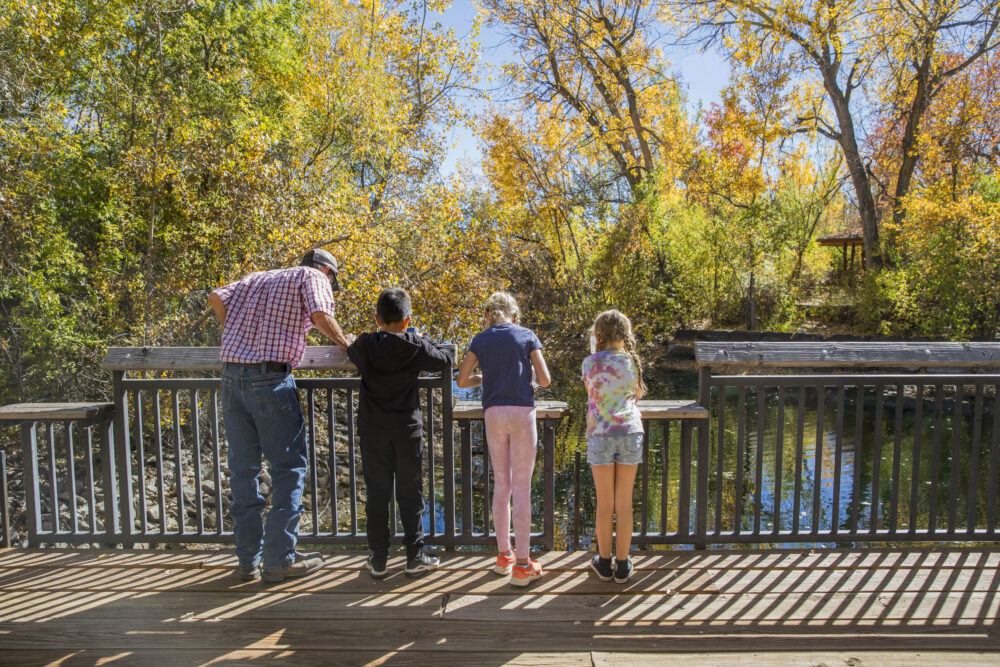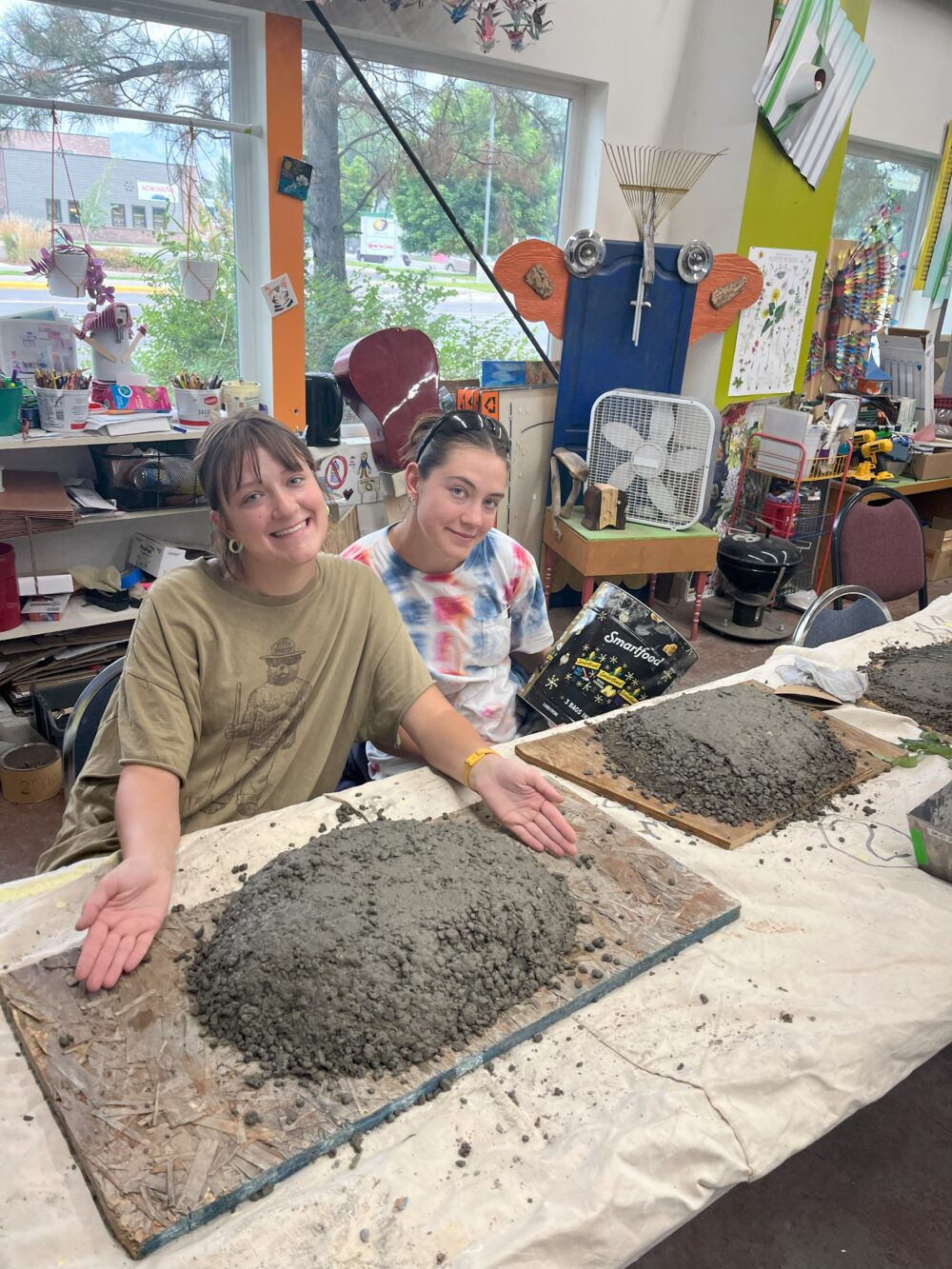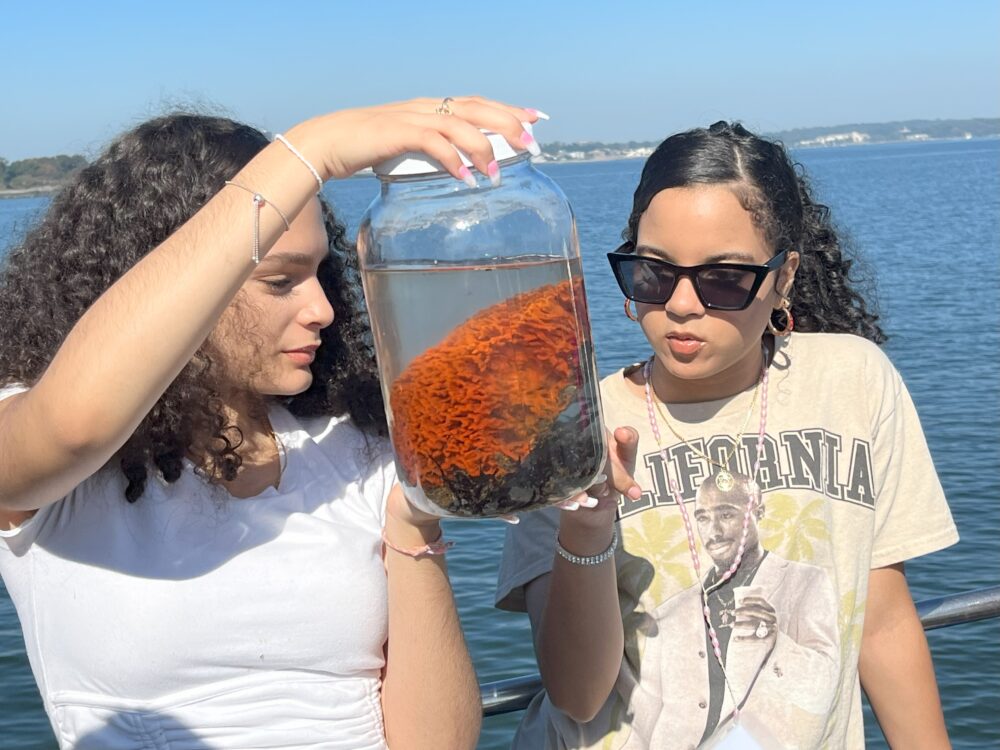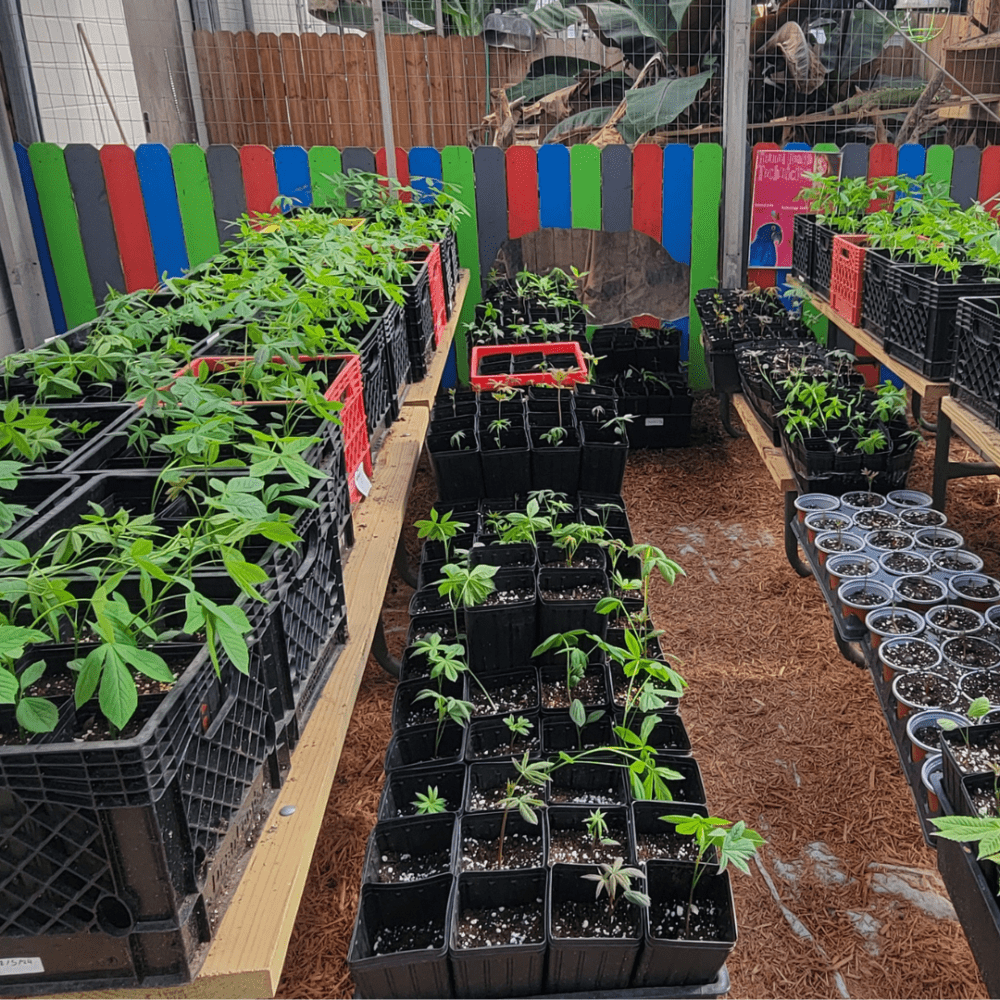We have much more to do and your continued support is needed now more than ever.
Green Economy Jobs in 2017 and the Role of Community Colleges
Kevin Doyle, President of Green Economy, shares perspectives of getting your foot in the door to getting that green job.
NWF: Since conceptions of a green economy vary, let’s start by asking how you define it?
KD: It seems to me that green economy occupations include all of the conservation fields (fisheries, forestry, wildlife, etc.), and all of the environmental protection fields – air quality, water quality, solid waste, hazardous waste, and so forth. From there, we can also take in broader aggregations, like sustainability, climate change adaptation and mitigation, and clean energy. All of those taken together are what I call the green economy.
NWF: What have you observed about the number, growth and types of clean energy jobs?
KD: My own state of Massachusetts is a good example. Over the last six years, reports from the Massachusetts Clean Energy Center[i] show that we’ve seen large growth in clean energy industry employment. In 2010 there were 60,000 clean energy jobs and by the end of 2016 we had more than 100,000, so 45,000 new jobs created over a 5-year period. The industry contributes $11.8 billion to Massachusetts’ Gross State Product and represents a 2.5 percent share of the entire Massachusetts economy. We are not seeing anything like this kind of growth in the overall economy.
Huge amount of those jobs are in the energy efficiency sector, and we see this replicated in other states as well. It is easier to imagine solar panels and wind turbines as sexy symbols of clean energy, but energy efficiency is overwhelmingly the largest portion when it comes to jobs.
NWF: What roles have community colleges played in generating and meeting this demand?
KD: From the employers’ perspective, community colleges have only recently been getting the respect that they deserve. Once the employers see, meet and talk with people, see how qualified they can be, even from a two-year associate’s program, they really start to “get it”. At the Mass Clean Energy Center, their fantastic paid internship program tries to give an advantage to employers who choose community college students. For example, if you want three interns, the third must be from a community college.
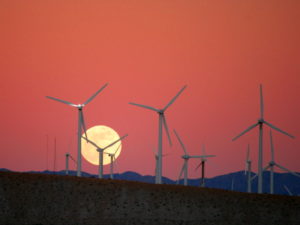
NWF: There are many stakeholders who can help community colleges. Can you say a bit about who they are and roles they are playing?
KD: I am interested in why it isn’t easier to develop agreements between 2 and 4-year colleges for transitions that are more seamless. After almost three decades of working in higher education environmental programs, I don’t understand why articulation agreements are still so difficult. Job one should be to make transitions seamless for students. Make it clear exactly what is required, and make it easy for students to move forward.
Why is this so important for the green economy? Well, even though the US Bureau of Labor Statistics says that many “green jobs” don’t require a 4-year degree, my own sense is that the ability to really prosper in the 21st century economy requires more science, technology, engineering and math (STEM) skills than many people have now. That suggests to me that the people who will really prosper will probably need education beyond the 2-year college. Maybe not immediately, but over time.
For the healthiest and best paying jobs out there, I’m guessing that community colleges will be the gateway – not the final stop. And the mantra about the need for continuous education, upgrading skills, etc. is also true. Even a four-year degree is losing a lot of its ability to serve as the baseline knowledge for a profession. .
NWF: One of the roles you have encouraged is internships. How important will they be in preparing the future workforce and how do community colleges best facilitate these opportunities for their students?
KD: My entire career has been one long advertisement for the value of internships – especially well-organized, paid work-learning opportunities. At the former Environmental Careers Organization, our job was to negotiate agreements with employers to provide paid internships, both internships and fellowships and make them available to students and graduates all across the US. We placed 11,000 people from all across the US. Overwhelmingly, those folks went on to jobs at those same places and in those same fields, so the system worked as planned!
When employers invest in paid internships, they make a statement that they view their workplaces as places where learning happens, not just work. The very best employers see themselves as learning organizations. We need a new way. Currently, way too much of structured learning is in the classroom, or in activities run and controlled by the institutional instructors. Then, as an add-on, students are told “Oh, and plus, do internships.”
NWF: If a community college student is interested in going into clean energy or other green careers, what are the top couple of things you would advise them to do?
KD: When I give workshops, for individual groups for students, the key message I try to leave is to be yourself and pursue your passion. I know that this often comes across as corny and impractical, but years of experience has taught me how critical it is.
All of this other stuff about the world of work, job trends, other people and their stories, the credit requirements of your college (and so forth) is only valuable information if you process it through the filter of your own personal goals. So I tell people that even the most accurate information is just noise until you have a clearer sense of what you want to do with your life. The more clarity you have about that, and the more you can identify people who are in your “community of practice”, the more you will put yourself in the path of the right opportunities, information, job offers, and so forth.
Start with yourself.
Q: What would you like to say about workforce preparation moving forward, especially with changing national and state governance?
KD: It’s incredibly important for eco-career advocates to know where eco-jobs come from, and why. Some come from entrepreneurial efforts of people seeing a customer need and filling it. But it would not be fair to let a conversation like this pass without making an obvious historical comment, which is that voters have decided they wanted laws and regulations for clean air, clean water, clean energy, and clean power plants, with forceful government interventions, new permit requirements and public policy.
These job-supporting policies and laws did not come from nowhere, and necessarily here for good. They can be reversed. We need a forceful citizenry, most of whom will never be paid environmental professionals, to speak out, get engaged, support the right elected officials, to pay the taxes. We need an environmental populace, without it we won’t have the jobs. We need elected officials who understand and support the critical role that policy, law, regulation and enforcement has in supporting millions of environmental jobs.
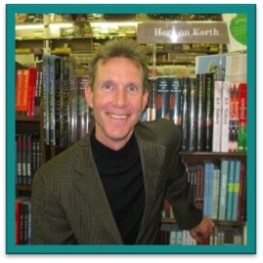
Kevin Doyle has been a pioneer in environmental career education since the 1980’s.Through his independent consultancy, Green Economy and National Wildlife Federation’s EcoLeaders program, he has assisted with leadership and career development programs for college and young professionals. Currently, he’s partnered with one of our peers, www.GreenCareerAdvisor.com, to bring new eco-career workshops and retreats to college campuses.
Click here to read the full interview
[i] Mass Clean Energy Center (MassCEC) offers a “Clean Energy Earn and Learn Program” that provides HS students solar and other clean energy job skills while linking to college. MassCEC also funds and manages the nation’s first, and largest, paid internship program for college students. A utility started in 2009 with monies from the deregulation of electricity, MassCEC awards $29 million in grants, receives modest revenues in the form of sale of clean energy credits/or offsets, and is building the clean energy economy and jobs through an annual community RFP process (for example 10 MASS communities were chosen in May 2016), through clean energy generation projects, and workforce development. The intent is to create good jobs, while building a carbon pollution, free sustainable economy in the state. Adapted from the MassCEC website at: http://www.masscec.com/








